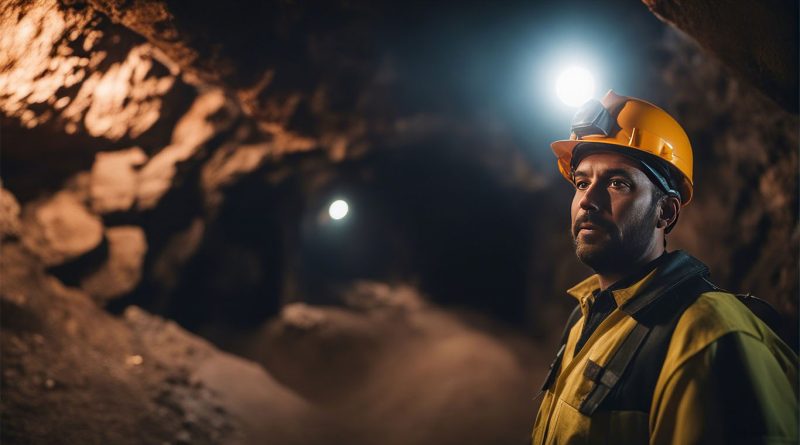Half of Nickel Mines Unprofitable
The global nickel industry stands at a crucial juncture, as the rise of Indonesia’s low-cost nickel production poses unprecedented challenges and reshapes market dynamics. This pivotal moment could determine the future trajectory of an industry central to the transition towards cleaner energy and technologies.
The Rise of Indonesia as a Nickel Powerhouse
Indonesia’s ascendancy in the global nickel sector is no accident. Strategic investments in efficient processing facilities, coupled with the country’s abundance of raw materials, low labor costs, and affordable power, have catapulted it to the forefront of nickel production. Today, Indonesia is not just a major player; it has become the dominant force, responsible for half of the world’s supply, a reality that has profound implications for global prices and the competitiveness of traditional mining operations.
The strategic maneuvering by Indonesia has led to a significant surplus in global nickel production, exerting downward pressure on prices and placing high-cost producers, especially those in Australia and New Caledonia, in a precarious position. Companies like Wyloo Metals Pty Ltd. and BHP Group Ltd. have been forced to close mines or suspend operations, signaling a broader industry trend towards consolidation and reevaluation of operational viability.
The Economic Ripple Effects
The economic fallout from Indonesia’s dominance is widespread, with approximately half of the world’s nickel mines operating at a loss due to the depressed prices. This economic strain threatens the closure of operations and the shelving of new projects outside Indonesia, highlighting the urgent need for the industry to adapt to this new reality.
Moreover, the price decline has not only affected mining companies but also the broader supply chains critical for the production of stainless steel and electric vehicle batteries. The industry’s profitability crisis has sparked calls for innovation and adaptation, with some firms exploring cost-cutting measures and others considering exiting the nickel market altogether.
Environmental Concerns and Market Dynamics
Environmental sustainability emerges as a critical concern amidst Indonesia’s nickel boom. The country’s coal-powered nickel production, while economically advantageous, raises significant environmental issues, including higher emissions per ton of nickel produced and the potential for deforestation. These concerns contrast sharply with the growing demand for “greener” nickel, especially from industries striving to reduce their carbon footprint, such as electric vehicle manufacturers.
The market dynamics of nickel, characterized by oversupply and fluctuating demand, particularly from the electric vehicle sector, further complicate the industry’s challenges. While Indonesia benefits from its position as a low-cost producer, the broader implications for global nickel supply and environmental sustainability remain contentious points of debate.
Looking Ahead: The Future of Nickel
The future of the global nickel industry hinges on its ability to navigate the complexities introduced by Indonesia’s low-cost production. High-cost producers must explore innovative strategies to remain competitive, such as adopting new technologies to reduce operational costs or differentiating their products based on environmental credentials.
Geopolitical considerations, especially the strategic importance of nickel in the transition to a greener economy, underscore the need for a coordinated response to secure sustainable and ethical supply chains. Western governments, in particular, are increasingly focused on reducing dependency on critical metals from geopolitically sensitive regions, adding another layer of complexity to the global nickel market.
Indonesia’s low-cost nickel production has undoubtedly reshaped the global nickel industry, presenting both challenges and opportunities. As the industry grapples with economic, environmental, and geopolitical pressures, the path forward requires innovation, collaboration, and a concerted effort to balance economic viability with environmental sustainability. The nickel quagmire is a testament to the complex interdependencies defining our modern industrial landscape, where the pursuit of efficiency and cost-effectiveness must be weighed against broader societal and environmental considerations.
